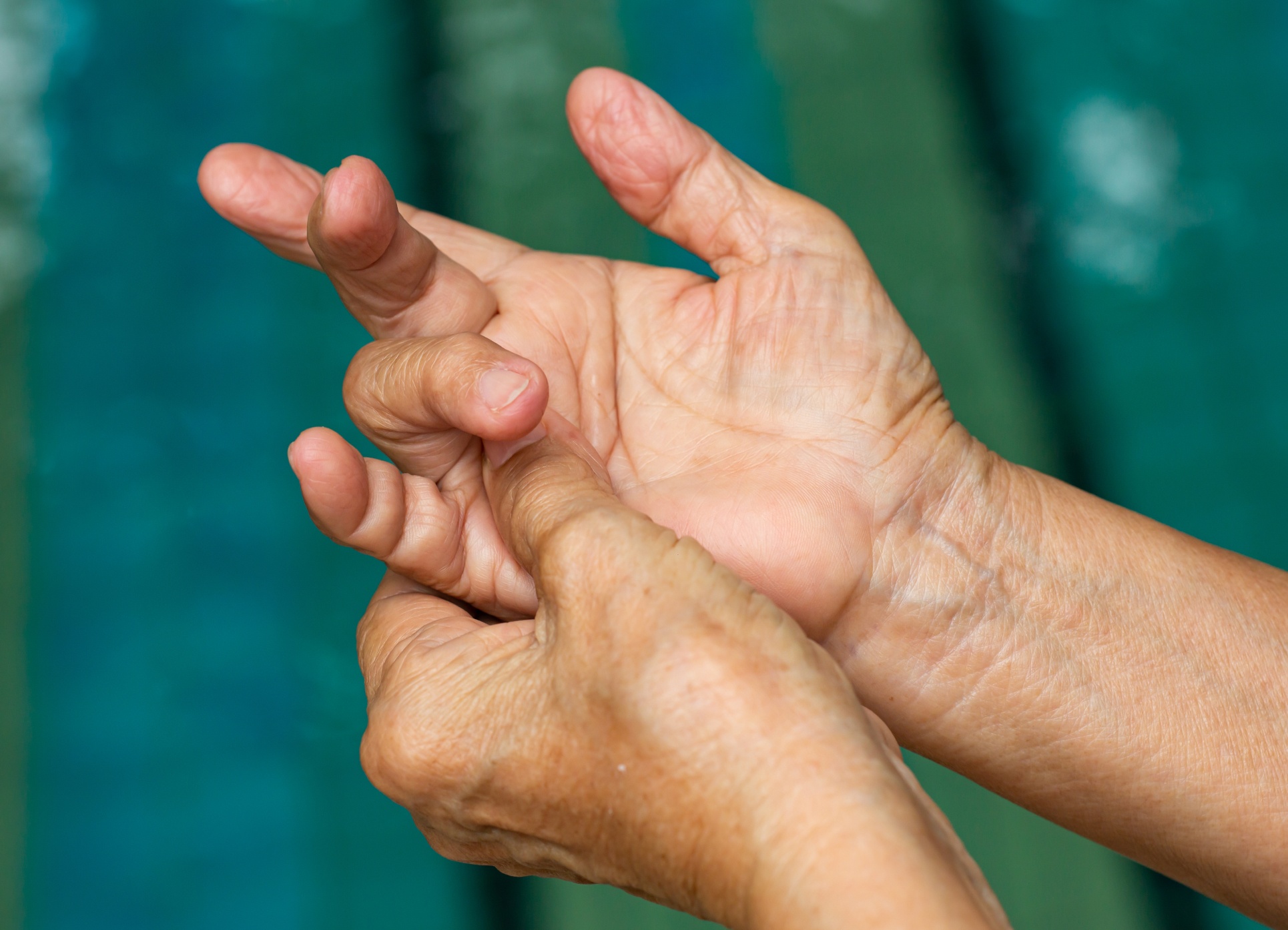It’s a generally painful blockage when flexing a finger.
The flexor tendons run in a sheath (tunnel) from the palm to the fingertips, surrounded by a synovial membrane that allows them to slide smoothly. When this synovium thickens around the tendons, they slide less smoothly and can become blocked in their tunnel. This phenomenon is at the root of the “trigger finger”.
Surgery on a trigger finger immediately releases the tendons and eliminates painful blockages, but it’s important to follow post-operative instructions to optimize recovery.
